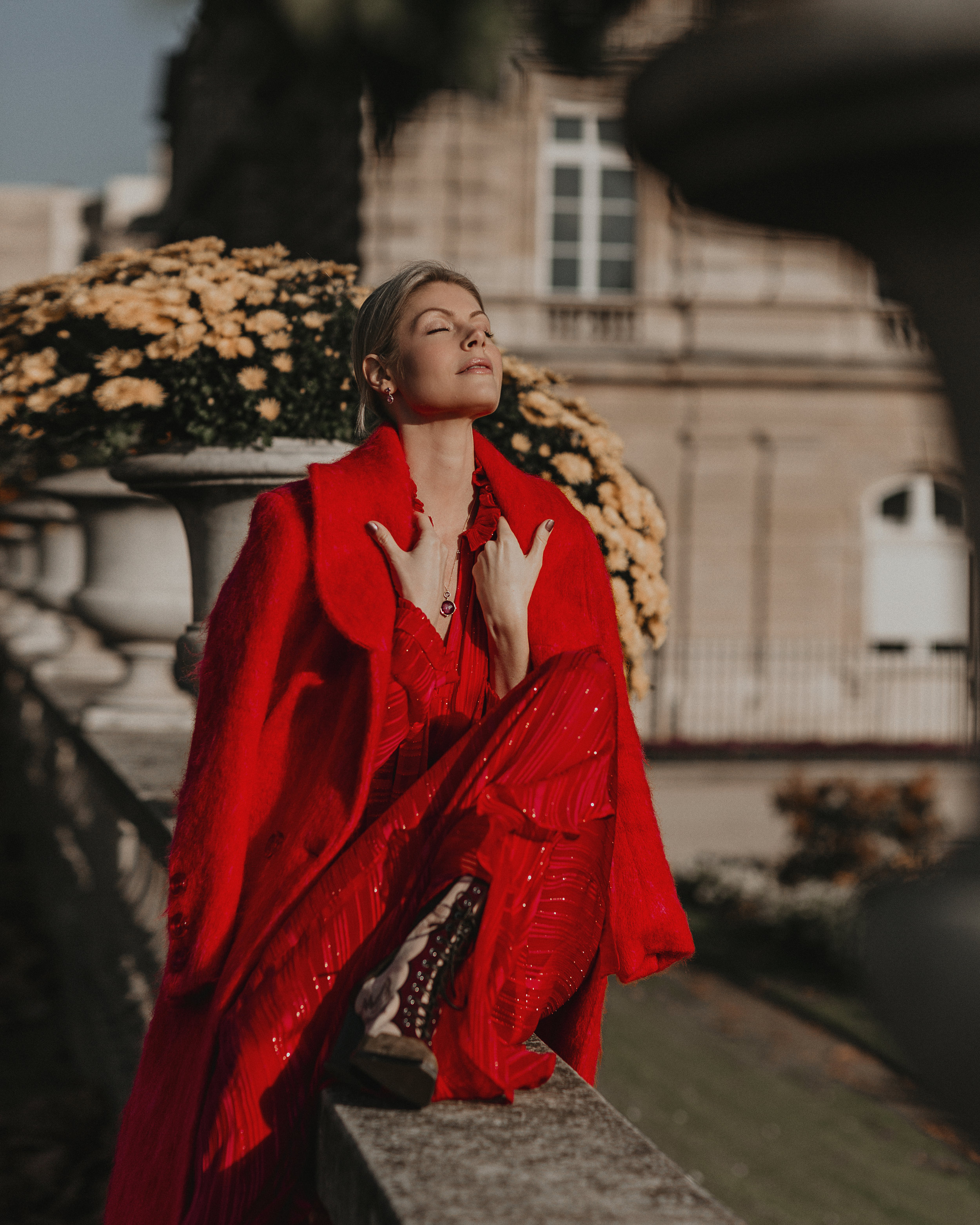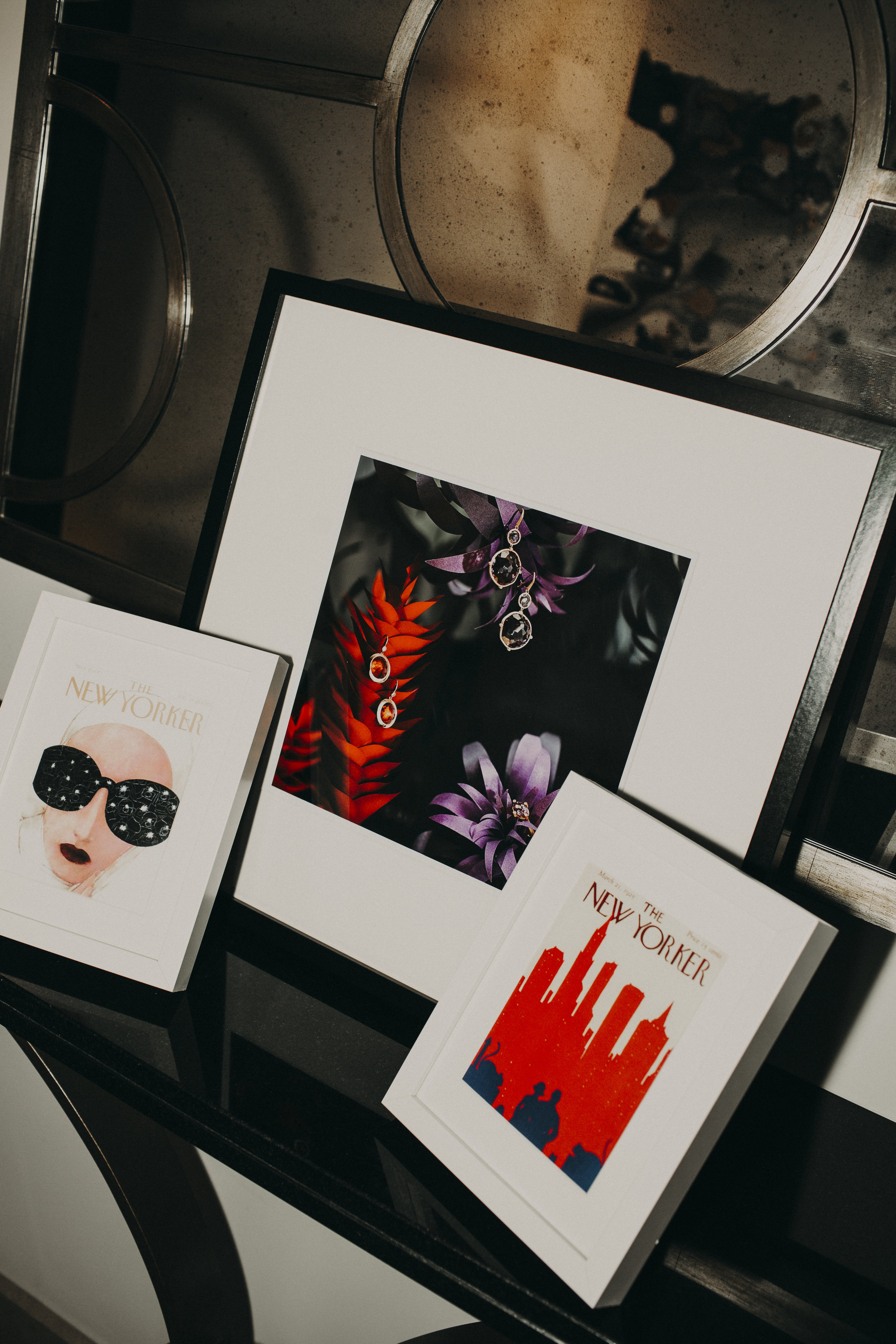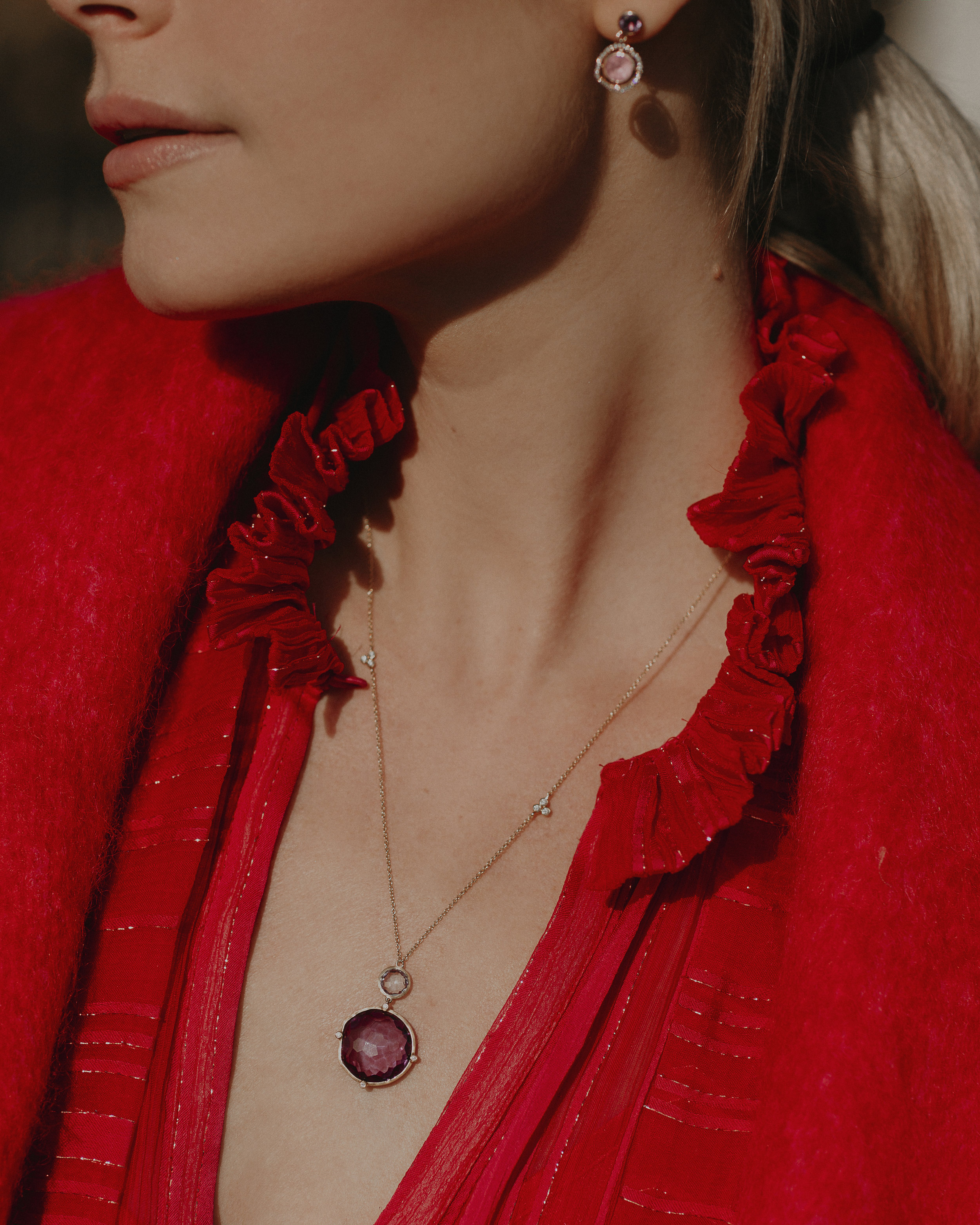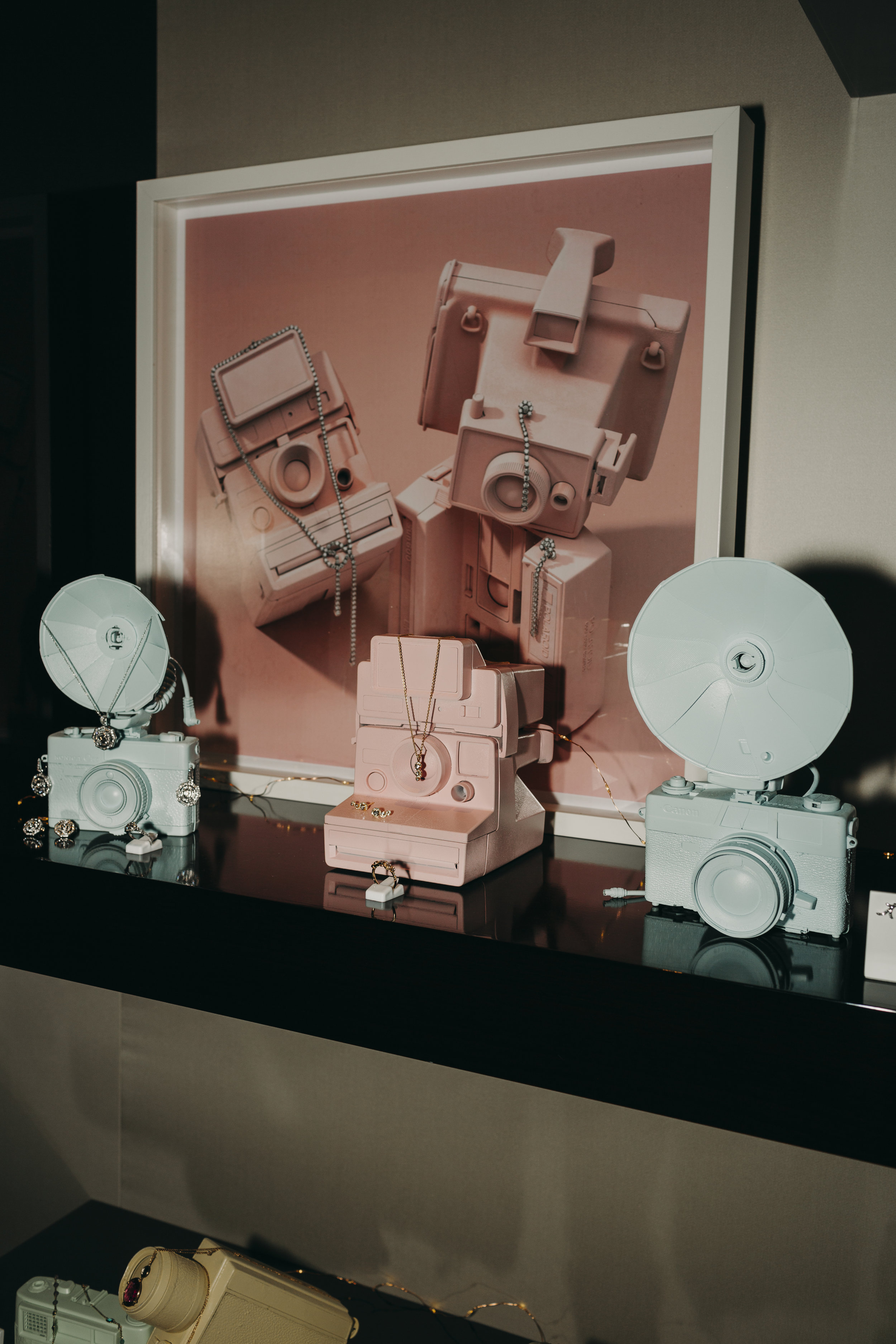The Boss Babe Series - Laura Chavez
A pioneer for the new diamond era, Laura Chavez, founder of Lark & Berry has innovated luxury by investing in the soul, specifically by investing in cultured diamonds. Challenging the cost of a mined diamond by both its monetary value and environmental impact, cultured diamonds are truly the diamonds in the rough.
Interviewed by Samantha Pérez
SP: What are the biggest misconceptions you have faced in regards to cultured diamonds?
More than misconceptions, I’d say the biggest issue we face is people not knowing that cultured diamonds now exist.
As people continue to discover cultured diamond engineering, Lark & Berry get these questions a lot: Are they real diamonds? Can they be distinguished from mined diamonds? Are cultured diamonds more expensive?
Yes, cultured or lab grown diamonds are real. They’re chemically and optically identical to mined diamonds. No one can tell cultured diamonds from mined diamonds because very simply, there is nothing to tell apart. Same diamonds, it’s amazing!
More good news: Cultured diamonds are priced far more affordably than their mined counterparts. Our revolutionary diamond-culturing tech cuts down so much overhead used in the mined diamond supply chain. Historically, the high diamond prices luxury diamond fans are accustomed to are a product of industry monopoly. The oldest jewellery companies set those prices. We changed the game with cultured: Less money, less environmental headaches, no conflict!
SP: How did you meet Katie Rowland, creative director of Lark & Berry, and come to collaborate on the ultimate Boss babe endeavour such as Lark & Berry?
Katie and I bonded early in shared interest of wanting to make really cool, creatively designed luxury jewellery. But most importantly, we wanted to create something sustainable.
When Katie and I met, I had just discovered diamonds could be grown. When I told Katie, she just couldn’t believe such science existed! After learning all the benefits this technology presented—particularly in its opposition to the old, harmful ways of mining—she was more than convinced.
We both agreed that culturing diamonds just made perfect sense for Lark & Berry. We both recognized it’s the future of jewelry, and we’re both still endlessly energized with its prospects.
SP: How has the jewelry/fashion industry embraced cultured diamonds? Do you see a shift in perspective?
As soon as customers learn there is such a diamond and experience their own crash course on cultured, just as Katie and I did, they fall in love with this amazing new option.
Our jewellery has received amazing praise as being the cutting edge of beautiful and elegant, yet cool design. There are new designers and brands popping up now all the time who prefer using cultured diamonds to mined.
It’s only the diamond mining industry who has yet to fully embrace the inevitable future of cultured diamonds. I can see how it’d be tough to come around. Put yourself in their shoes—how impossible will it become to compete with a new, sustainable alternative which has all the quality of your old, established and overpriced product?
Why is mining for diamonds needed when we have an identical diamond now that’s guaranteed conflict free and more environmentally responsible?
The only reasonable answer is switching to cultured!
SP: As a company that stands by a diamond production process that is both more eco- friendly and socially conscious, do you plan in the future on partnering with disenfranchised individuals underpaid in the mining workforce or environmental relief programs?
Yes, absolutely, and that’s a great question.
A critique the mined diamond companies love to level at us is that we will be displacing workers by disrupting their industry—not just miners, but artisans, cutters etc.
Culturing diamonds produces the same diamonds as those found in mines. After we have our rough diamond, the process by which it becomes a ring on your finger or as a stud in your ear, is identical.
All jewellery jobs are still available in the cultured field. And as far as miners—the mined diamond companies are employing them, yes, but remember—those who sweat the most to make jewellery are being severely underpaid, if they are even being paid, and are subject to continuing human rights abuses. What kinds of jobs are these? These poor people often don’t have a choice where they live and are being taken advantage of.
As culturing gains ground in the marketplace, yes, it’s imperative we work to support displaced miners and employ them to do new tasks in the cultured diamond supply line… safe tasks. And with better pay.
Only a few hectic months after launching, we at Lark & Berry are now in talks with a few philanthropic organizations to find the right fit in aiding impoverished people affected by diamond mining.
SP: Do you expect the popularity of cultured diamonds to rise and an eventual decline in mined diamonds? If so, would this affect the price of cultured diamonds?
Cultured is a young industry. We still have a lot of hard work ahead of us to get more people wise to the fact that this is even an option. We have to make people acutely aware that there’s just not a good argument against culturing diamonds.
The facts are simple: with mined, you’re paying more for a diamond sourced in a way that damages the Earth and people’s lives.
With cultured jewellery, you’re getting the same diamond at a fraction of the price and with no human rights abuses. It sounds simple put like that, right? People have been manipulated by advertising for so long—for generations, to think that mined diamonds are the only true sign of love and commitment. We seek to undue that mindset. We want diamonds to be for everyone and to spread our sustainable message. We believe that a bold, new approach like cultured will re-shape the luxury diamond market and keep it going strong.
SP: Congratulations on your flagship brick-and-mortar store in Maryleborne, London! How has it been expanding from being a solely e-commerce brand to the world’s first retail jewellery store carrying cultured diamonds and stones exclusively?
It’s been amazing! Thank you so much for the congratulations! I’m thrilled to boast here that not only are we the first dedicated retail store to exclusively carry cultured diamonds—but I do believe we’re the first to do so AND feature a piercing studio/art exhibition space!
As of November 2018, we now have a piercing artist who works closely with clients to find the best, most artful look. Prices for piercings begin at £95, which includes a piece from a new 14k gold and cultured diamond capsule collection of ours.
And as clients get their piercings, they’ll enjoy beautiful art adorning our store from notable, sustainability-supporting artists, who rotate every 6-8 weeks.
SP: What is your motto when it comes to accessorising Lark & Berry pieces?
We want people to realize design and quality don’t have to be compromised for a product to be sustainable. When you choose a cultured diamond, you are getting better quality, a better price and are 100% not funding any conflict or damage by diamond-mining.
When someone thinks, ‘who is the luxury brand that makes the most positive impact in the diamond jewellery industry?’ we want the answer to be Lark & Berry, and when the question is ‘who makes the coolest, most luxurious diamond jewellery?’ we want the same answer there, too!
Kate wearing Lark & Berry
Photography: Anna Sandul










